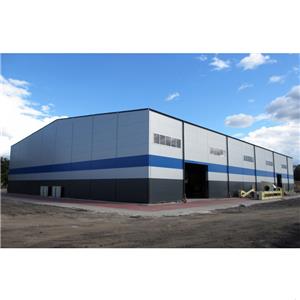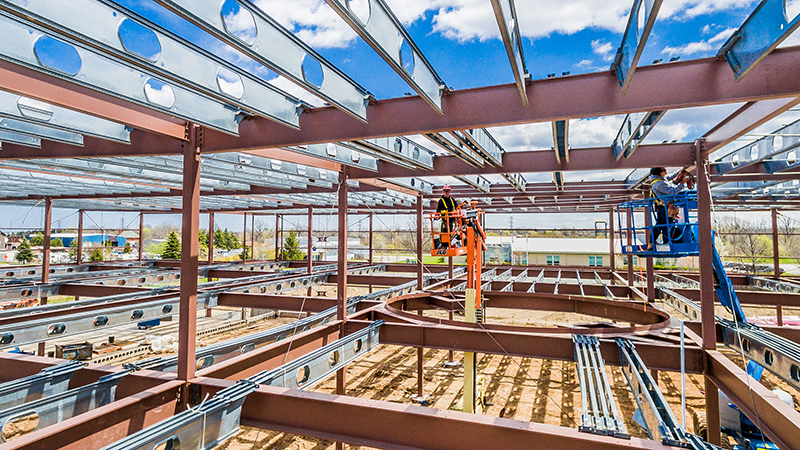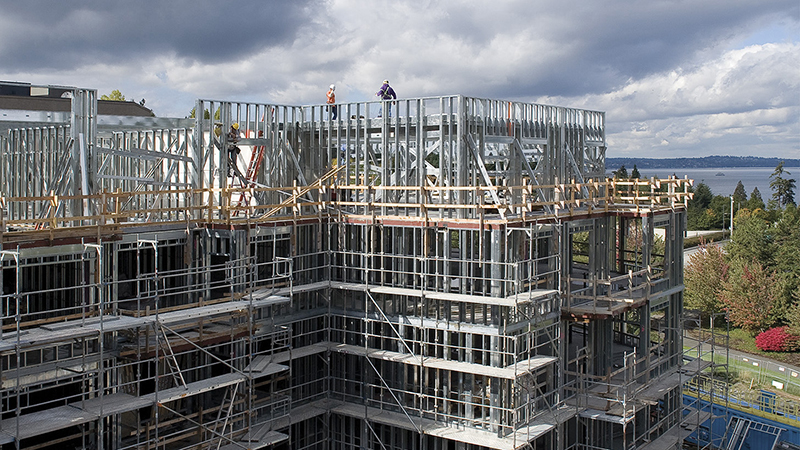Structural steel can be recycled
Structural steel can be recycled. In fact, it is the most recycled material in the world and has an average recycled content of 93%. Structural steel is not only recycled but also multi-cycled, as it can be used over and over again without losing its physical properties. Structural steel is a sustainable and circular material that can be reused for new structures or products.
Structural steel is recycled through a seven-stage process that involves collecting, separating, compacting, shredding, heating, refining, and solidifying the steel scrap1. Magnets are used to separate steel from other materials, and electric arc furnaces are used to melt and form new steel products.
There are many benefits of recycling steel, both for the environment and the economy. Some of the benefits are:
Saving energy and resources: Recycling steel reduces the consumption of other valuable resources such as iron ore, coal, and water. It also saves energy by using less electricity and fossil fuels than producing new steel.
Reducing waste and emissions: Recycling steel diverts waste away from landfills and incinerators, which reduces the harmful effects of pollution and greenhouse gas emissions. Recycling steel also reduces the need for mining, which can cause environmental damage.
Preserving the strength of steel: Steel can be recycled over and over again without losing its innate strength or quality. This means that recycled steel can be used for various purposes and products without compromising its performance.
Creating jobs and revenue: Recycling steel supports the domestic steel industry and creates jobs for workers in the recycling sector. Recycling steel also generates revenue for businesses and governments through taxes and fees.






